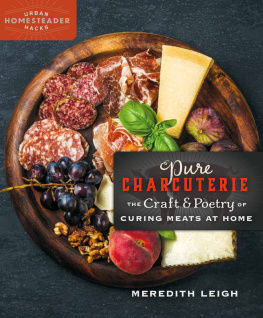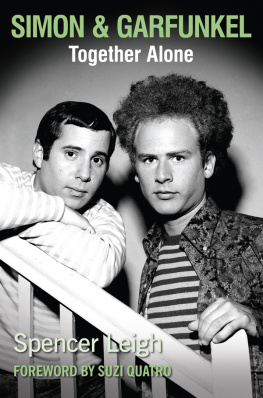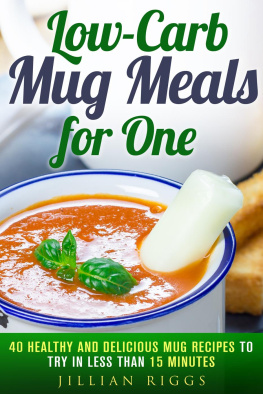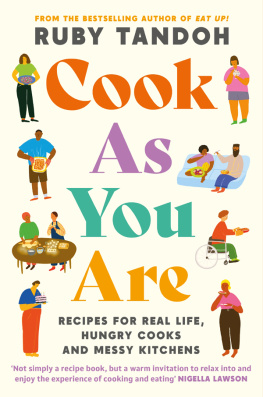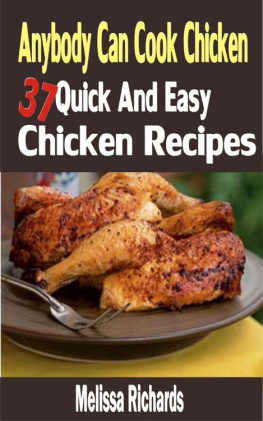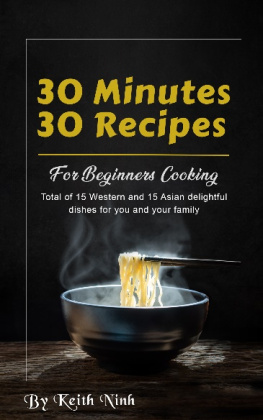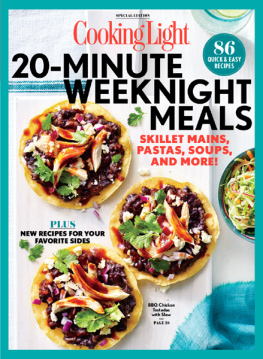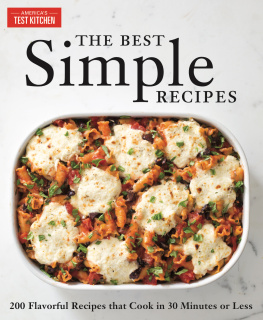Dear Reader,
The book you are holding came about in a rather
different way to most others. It was funded directly by
readers through a new website: Unbound. Unbound is
the creation of three writers. We started the company
because we believed there had to be a better deal for
both writers and readers. On the Unbound website,
authors share the ideas for the books they want to write
directly with readers. If enough of you support the book
by pledging for it in advance, we produce a beautifully
bound special subscribers edition and distribute a
regular edition and ebook wherever books are sold,
in shops and online.
This new way of publishing is actually a very old
idea (Samuel Johnson funded his dictionary this way).
Were just using the internet to build each writer a
network of patrons. At the back of this book, youll
find the names of all the people who made it happen.
Publishing in this way means readers are no longer
just passive consumers of the books they buy, and
authors are free to write the books they really want.
Authors get a much fairer return too half the profits
their books generate, rather than a tiny percentage of
the cover price.
If youre not yet a subscriber, we hope that youll
want to join our publishing revolution and have your
name listed in one of our books in the future. To get you
started, here is a 5 discount on your first pledge. Just
visit unbound.com, make your pledge and type messy5
in the promo code box when you check out.
Thank you for your support,
Dan, Justin and John
Founders, Unbound
Introduction
I have been doing this sort of thing for quite a
while now. When I first started, I tried too hard.
I wanted to show off and I wanted to be
authoritative. If I was writing about Jerusalem
artichokes I would explain that Jerusalem was
a corruption of girasole , a sunflower, that the
French hated them because they had to eat them
instead of potatoes during the war, that they are
a rhizome and not a tuber, then make discreet
reference to farting issues and, finally, I would
give a few recipes. I would have run out of space
in no time.
My first editor, Matthew Fort, whom may God
preserve, gave me a piece of advice from his
days in advertising: tell em what you are going
to say, say it, and then tell them what you just
said. That sort of helped but it was just a Mad
Men way of describing a school essay or
the form of the classical sonata exposition,
development, recapitulation. I actually had more
help from Lord Sugar. In those early days I
bashed out my copy one-finger typing, which
I have not improved upon on an Amstrad,
a primitive early computer manufactured by
Sugar and in very common use at the time.
Once I discovered the copy and paste buttons,
I was liberated. I realised that I didnt necessarily
need to decide what I was going to say. I could
just start writing and then move it around later.
That breakthrough led, when I was on form, to
a more discursive style. I just picked up the ball
and ran with it. The actual essay expected was
usually only a five-hundred-word introduction,
and I became adept at starting at point A then
meandering back and appearing as though I
had meant to all along. There were troughs and
peaks but I became well programmed to produce
the weekly piece, a feat I never achieved at
school or university, and I suspect that my
industry has been a sort of penance for my
former indolence.
However, I was in a bit of a trough by 2010, when
I had been writing for the Financial Times for
five years and writing a weekly column for
fifteen. I was running out of material and too
busy running my restaurant to do much new
or creative cooking. So, when the FT launched a
colour magazine, my heart filled with dread. I
didnt do pictures. Previously, the FT had given
up trying to produce pictures of food on pink
newsprint paper and my recipes were elegantly
illustrated by little pen drawings by Rebecca
Rose. It suited me: pictures meant a great deal
more work and I became rather proud of being
one of the few food writers who had to rely on
words alone.
On other newspapers I had never cooked the
food in the pictures either. As a working chef,
I never thought I had time. The recipes went out
to a home economist and photographer and they
performed nobly but it was never quite my food.
I decided this time that I couldnt get away with
that again. I agreed to do the pictures myself,
met a photographer and attempted to negotiate
a rise for the extra work. I didnt get it.
I had not heard of Andy Sewell. I had put out
some feelers and suggested somebody else
but I liked Andy well enough. It soon became
clear that he had an original turn of mind and
intellectual curiosity. He reads, and can even get
to the end of those interminable essays in the
London Review of Books . We can talk about
opera and classical music. However, he can be
quite extraordinarily annoying. He will make me
do things, whether it is repeating one simple
action or holding something for a ridiculously
long time, or standing in some unnatural
position so that I do not spoil his light. It is
galling for a chef who is accustomed to having
his own way in the kitchen to have to play
second fiddle.
If this was not bad enough, Andy has bad habits.
Long after he has left the building we always
do the photo shoots at my home I find things.
A clutch of mussels will be basking in the sun
on a faded iron chair in the garden. Rabbit
entrails will be splayed out on the butchers
brown paper in the window of the sitting room.
His own expensive equipment will have been
meticulously stashed in his rucksack as he
climbed on his racing bike but his dirty plates
and half-finished mug of coffee will have been
left casually about the place. I asked his mother
about this pattern of behaviour: she just gave
a sort of knowing sigh.
And yet every week I forgive him because he
takes extraordinary pictures. One of the reasons
he is such a pain is that he will only ever use
natural light. This means a short working day
in the winter, and my having to work with no
artificial light in the kitchen. It is also why his
pictures have such a painterly quality. The
contrast is scaled down, the colour and I rarely
cook by colour is often slightly washed out but
there is depth. He will take hours over a shot but
you forgive him because he is in communion: he




